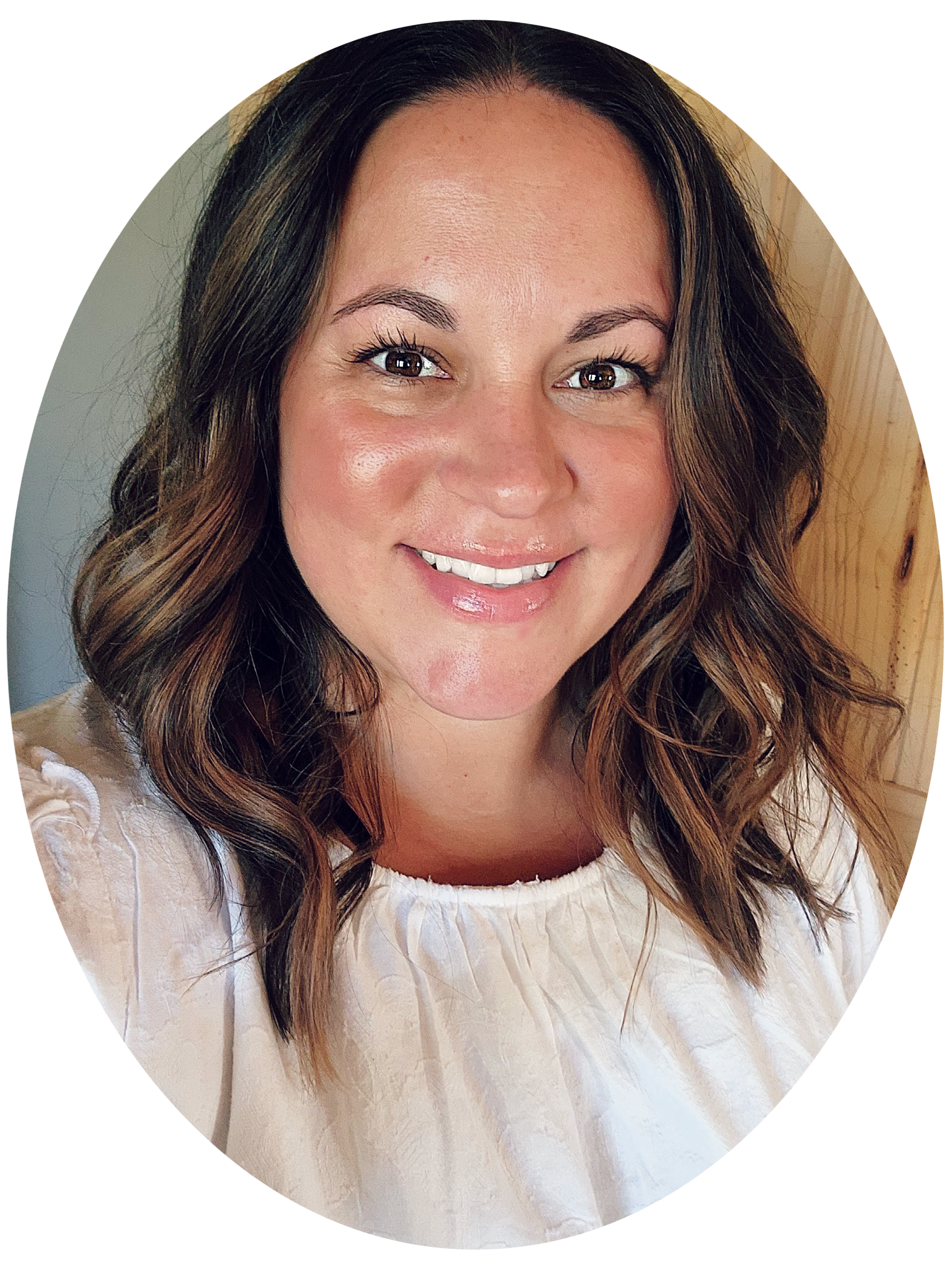We all have nails. Nails on our fingers, and nails on our toes. They are a part of our body we see and use every day. But, how much do you actually know about your Nail Anatomy? Probably very little, right?
One of the keys to being able to do a salon quality manicure at home is understanding your nails, and how to care for them. So today, let’s take a look at our Nail Anatomy (and why you should know it).

I’m guessing that after looking at this diagram, there are a LOT more parts to a fingernail than you realized.
How many of these nail parts could you identify prior to today? I polled my community group, and they were shocked at how many they didn’t know!
Each part of our nail serves a purpose. Let’s take a closer look at each of them.
Matrix
The matrix is where the nail’s journey begins. The matrix produces the cells that become the nail plate. It will continue to produce these cells as long as it remains healthy, and receives nutrition. The width and thickness of your nail plate is determined by the matrix, while the shape of your fingertip will determine if the nail plate grows arched, flat, etc.
Lunula
The lunula is the visible part of the matrix. The matrix is a circular shape, and that’s why the portion that’s visible appears as a half-moon! The lunula is most visible on the thumb, and the least visible on your pinky finger. I’ll bet you just checked yours to see if that holds true!
Nail Plate
The nail plate is the hard part of the nail, and it is made of keratin protein. Several layers of dead, compacted cells pushed forward from the matrix cause the nail to be strong, but flexible. The nail plate is where nail enhancements are applied, such as polish, gel polish, acrylic, etc.
Hyponychium
The hyponychium (also known as the ‘quick’) is the junction between the free edge and the skin of your fingertip, located beneath the nail plate. It forms a seal that protects the nail bed (the skin underneath the nail plate). This is the WORST place for a sliver. You can take my word for it!
Free Edge
The free edge of the nail plate is the end of the nail, also known as the cutting edge. This is the portion of your nail you would use to scratch an itch! Everyone has different preferences for the length of the free edge. Personally, I’m a ‘just past the tip of the finger’ kind of gal. Any longer, and I have to hold a cutting ceremony!
Sidewall/Lateral Nail Fold
The sidewall of the nail is the skin that runs alongside the nail plate. The lateral nail fold is the crevice created where the nail plate runs alongside the sidewall.
Eponychium/Cuticle
The eponychium is the fold of (living) skin at the back of your nail that produces the cuticle (dead skin). Some people consider the cuticle and eponychium as synonymous and one entity. However, the eponychium is living skin, and should not be clipped or cut.
Not only does cutting the eponychium leave you open to potential infection, but it also will continue to grow back thicker than the time you cut it before. Which defeats the purpose, right? Instead of clipping this, use a quality nail oil. Read more about why here.
The Cuticle is dead skin that ‘rides out’ onto the visible nail plate. This is what you need to remove before applying an enhancement to the nail. If an enhancement is applied over this dead tissue, when the tissue releases from the nail plate, so will the enhancement.
So what are you supposed to do with this information, you ask?
Knowing the difference between the cuticle and eponychium for example, will help you prepare your nail plate for the best lasting manicure. It will also help prevent accidental skin infections!
Knowing how your nail grows and what determines it’s shape/length can help when you’re trying to achieve the perfect nail shape and length for your hands.
And knowing all of these parts will help you as you read more of my blog posts on how to apply gel polish, how to prep your nail, how to care for your nails to keep them healthy and strong, and so much more! So there you have it. Nail anatomy, and why you should know it.



